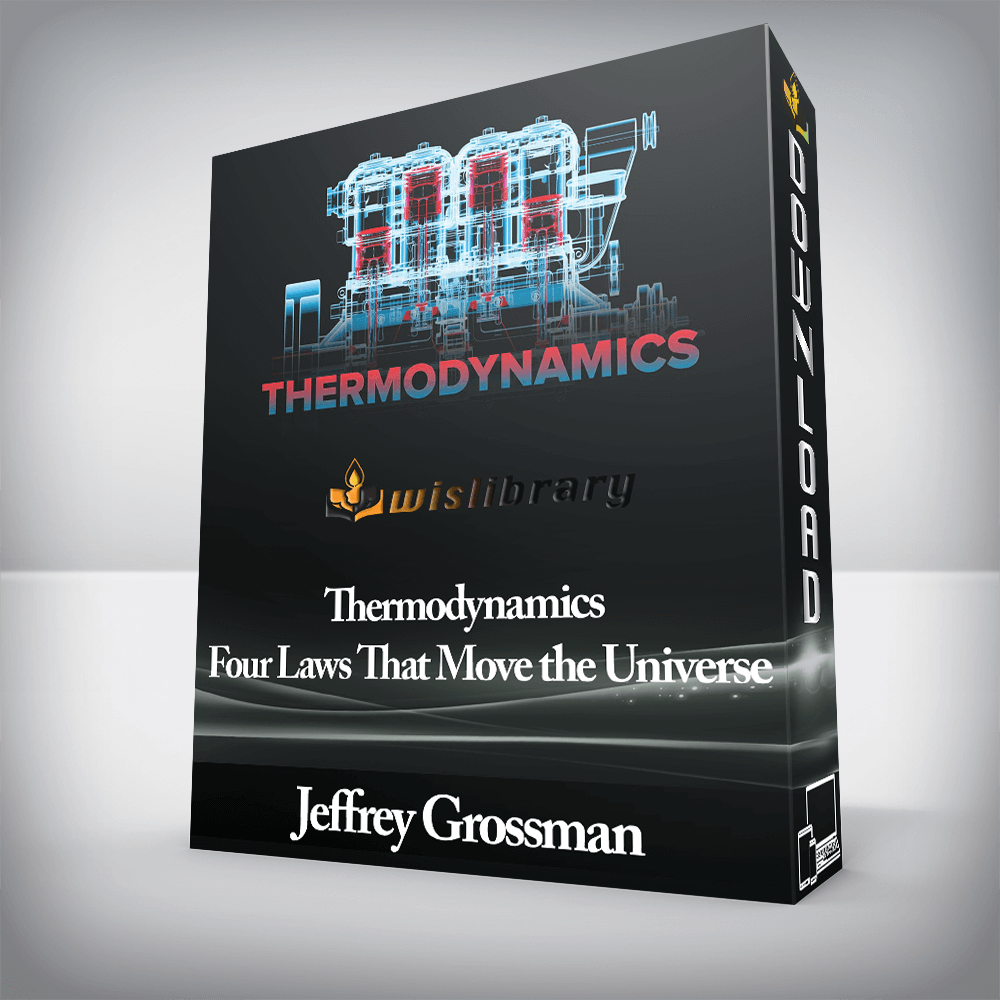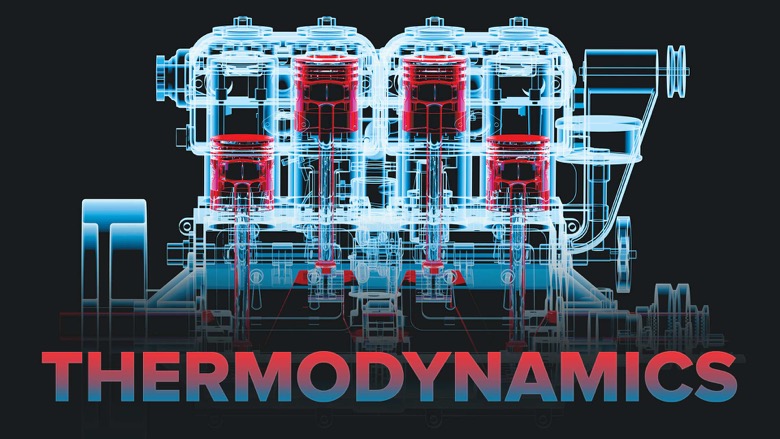

What is heat? What is temperature? What is energy? What is time? When we look beneath the surface of these everyday terms to learn how scientists understand them, we encounter a realm of fundamental processes that rule the universe.
This is the domain of thermodynamics, the branch of science that deals with the movement of heat. Nothing seems simpler, but nothing is more subtle and wide-ranging in its effects. And nothing has had a more profound impact on the development of modern civilization.
Thermodynamic processes are at the heart of everything that involves heat, energy, and work, making an understanding of the subject indispensable for careers in engineering, physical science, biology, meteorology, and even nutrition and culinary arts. Consider these applications of the laws of thermodynamics:
Thermodynamics: Four Laws That Move the Universe gives you an in-depth tour of this vital and fascinating science in 24 enthralling lectures that are suitable for everyone from science novices to experts who wish to review elementary concepts and formulas. Your teacher is Professor Jeffrey C. Grossman of the Massachusetts Institute of Technology, a scientist at the forefront of research on new materials.
Four Far-Reaching Laws
The four laws of thermodynamics describe how energy moves, why it changes from one form to another, and how matter is affected during these transformations. With these laws as a launching point, you learn foundational concepts that are critical pillars of science and engineering—ideas such as entropy, chemical potential, Gibbs free energy, enthalpy, osmotic pressure, heat capacity, eutectic melting, and the Carnot cycle. These and other ideas shed light on many phenomena in the natural world, and they are the analytical tools that engineers use to create new devices and technologies.
Thermodynamics is illustrated with scores of informative diagrams, animations, and simple equations that add depth and clarity to the presentation. And in nearly every lecture, Professor Grossman puts on his lab coat and goggles and smashes, breaks, ignites, or otherwise converts energy from one form into another—showing thermodynamics in action in demonstrations such as these:
At the end of Thermodynamics, Professor Grossman discusses his own pioneering research on clean energy and water. Having come this far in the course, you will truly appreciate his excitement over innovative solar thermal fuels and desalination membranes, both based on thermodynamic principles. Best of all, you will understand how and why they work!
2. Variables and the Flow of Energy
3. Temperature—Thermodynamics’ First Force
4. Salt, Soup, Energy, and Entropy
5. The Ideal Gas Law and a Piston
6. Energy Transferred and Conserved
7. Work-Heat Equivalence
8. Entropy—The Arrow of Time
9. The Chemical Potential
10. Enthalpy, Free Energy, and Equilibrium
11. Mixing and Osmotic Pressure
12. How Materials Hold Heat
13. How Materials Respond to Heat
14. Phases of Matter—Gas, Liquid, Solid
15. Phase Diagrams—Ultimate Materials Maps
16. Properties of Phases
17. To Mix, or Not to Mix?
18. Melting and Freezing of Mixtures
19. The Carnot Engine and Limits of Efficiency
20. More Engines—Materials at Work
21. The Electrochemical Potential
22. Chemical Reactions—Getting to Equilibrium
23. The Chemical Reaction Quotient
24. The Greatest Processes in the World
There are no reviews yet.
You must be <a href="https://wislibrary.net/my-account/">logged in</a> to post a review.